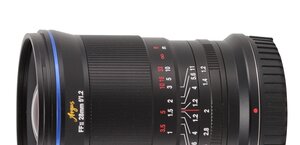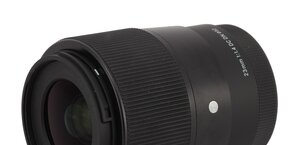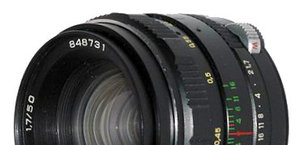Sony FE PZ 16-35 mm f/4 G – first impressions and sample images
2. Build quality
In the photo below the Sony FE 16-35 mm f/4 G PZ is positioned between two 50 mm devices: the Sony FE version of the Voigtlander Apo Lanthar 2/50 on the left and the Sony A version of the Sony 50 mm f/1.4 on the right.
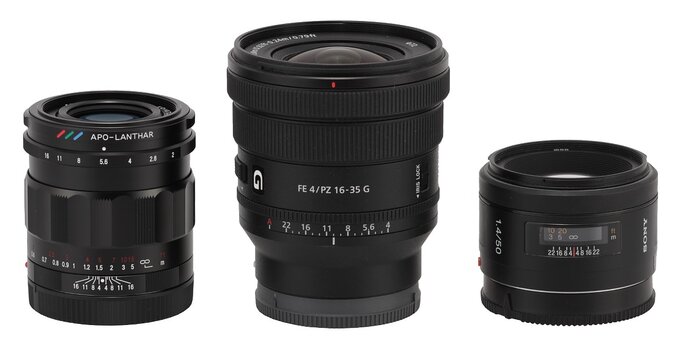 |
Please Support UsIf you enjoy our reviews and articles, and you want us to continue our work please, support our website by donating through PayPal. The funds are going to be used for paying our editorial team, renting servers, and equipping our testing studio; only that way we will be able to continue providing you interesting content for free. |
- - - - - - - - - - - - - - - - - - - - - - - - - - - - - - - - - - - - - - - - - - - - - - - -
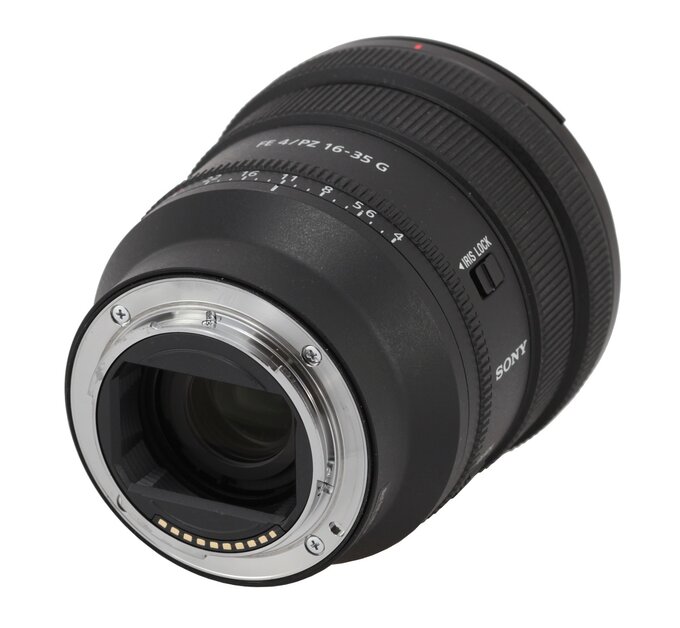 |
Then you see an aperture ring, as wide as 9 mm, partially ribbed, with focal lengths markings, and an A value that allows the camera body to choose the aperture automatically. The ring can move up the scale every 1/3 EV or work in a clickless mode, depending on the position of a special CLICK ON/OFF toggle. Connected to that toggle is another button called IRIS LOCK that allows you to either lock the ring in the A position or limit it to a range from f/4 to f/22.
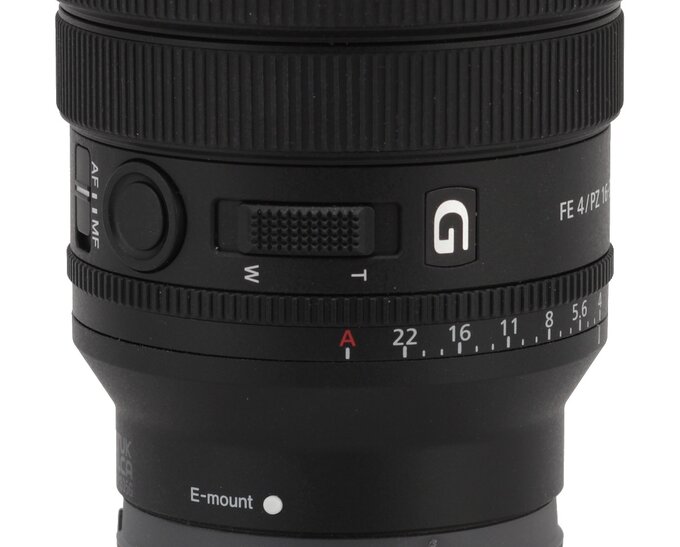 |
Looking from above and moving to the right you see IRIS LOCK and CLICK ON/OFF toggles we've already mentioned; on the left, behind the capital letter G, you find a W-T toggle (from Wide to Tele) that switches on a powerzoom mechanism controlling electronic settings of focal length. Then you see a round Focus Lock button and then an AF/MF toggle allowing you to choose a focusing mechanism mode.
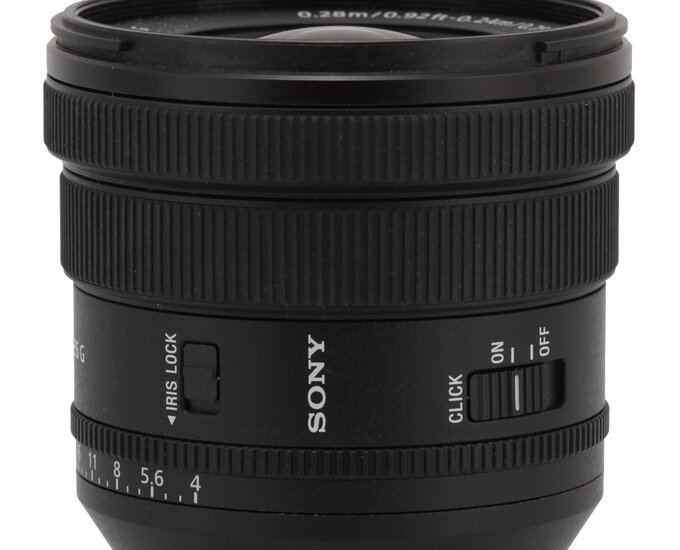 |
Then you get a ribbed manual focus ring, 12 mm wide, also a focus-by-wire mechanism. It moves without any noticeable resistance but still its movement remains within a comfort zone. Its focus throw amounts to an angle of about 140 degrees and it is a significant value, allowing you very precise settings, especially taking the parameters of the tested lens into account.
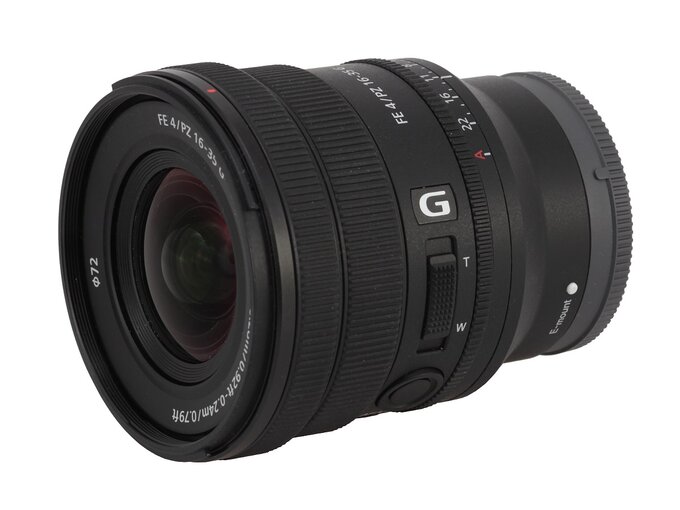 |
The front element is convex, 39 mm in diameter. It is surrounded by a part of the casing with an inscription stating the basic parameters of the lens, and a non-rotating filter theard, 72 mm in diameter.
The lens doesn't change its dimensions either during zooming or during focusing so it remains properly sealed and doesn't suck the dust inside. What's more, even though the movement of elements is limited to the interior of the construction, the lens remains rather small, compact, and handy, especially if you take its parameters into account.
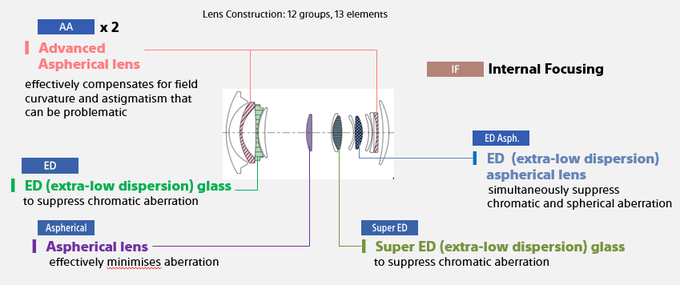 |
Buyers get in the box with the lens: both caps, a petal-type hood and a soft pouch of sensible quality.
 |




